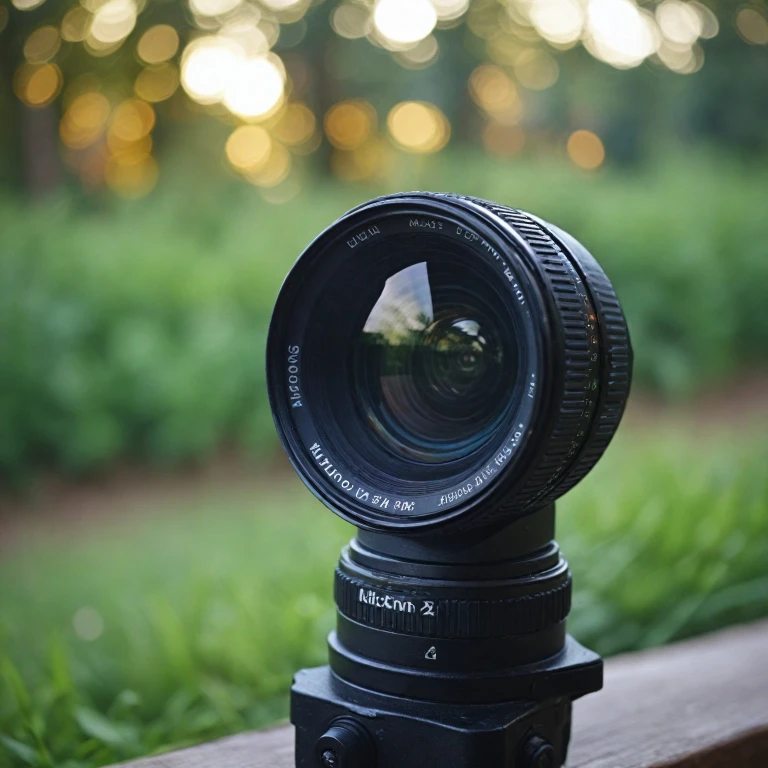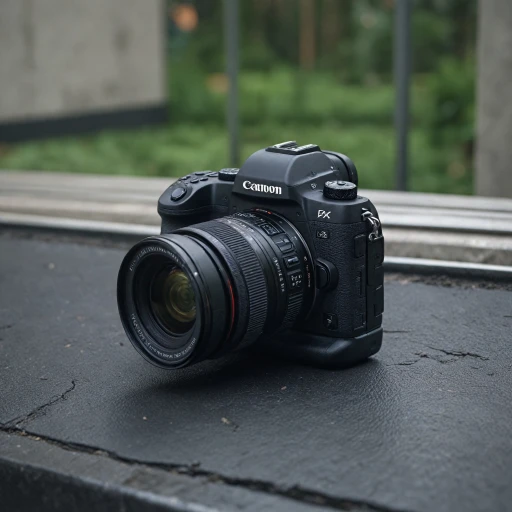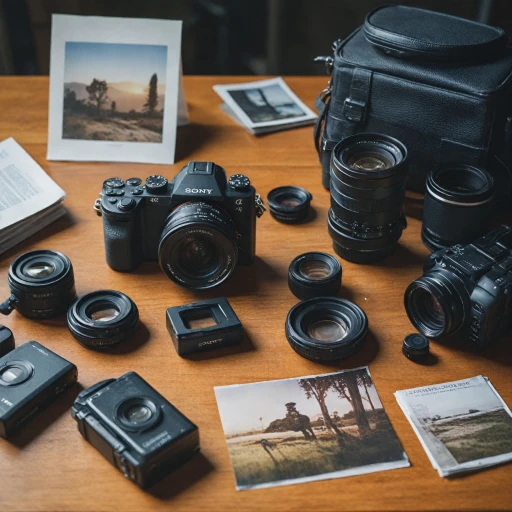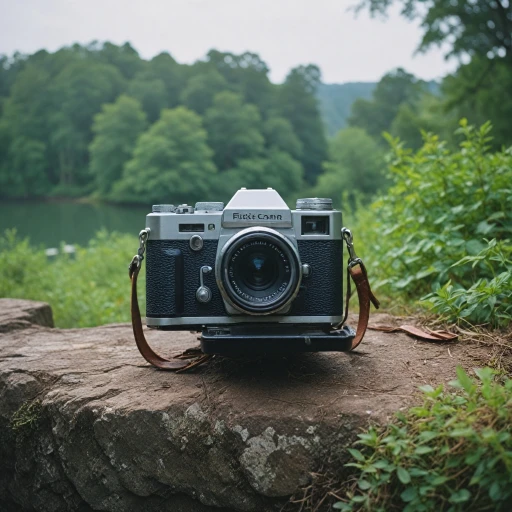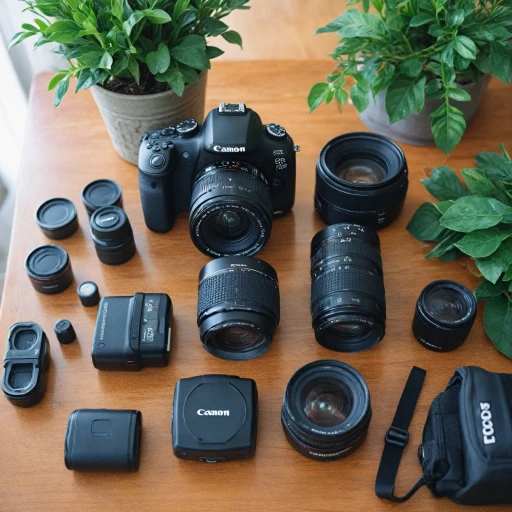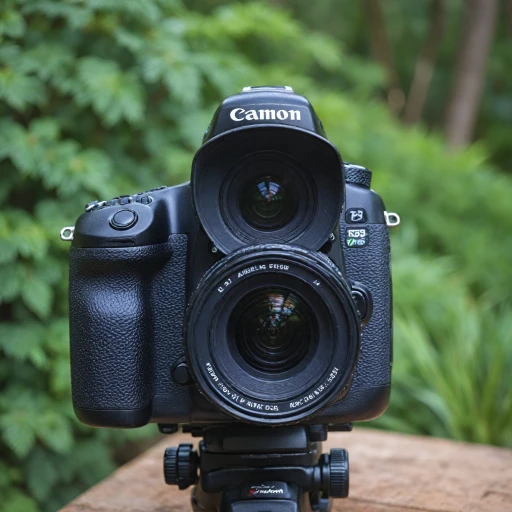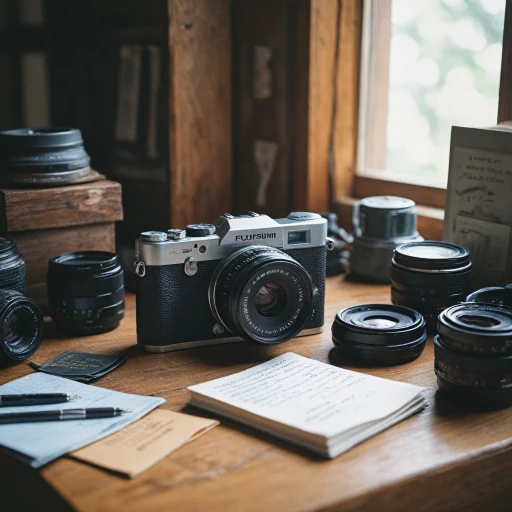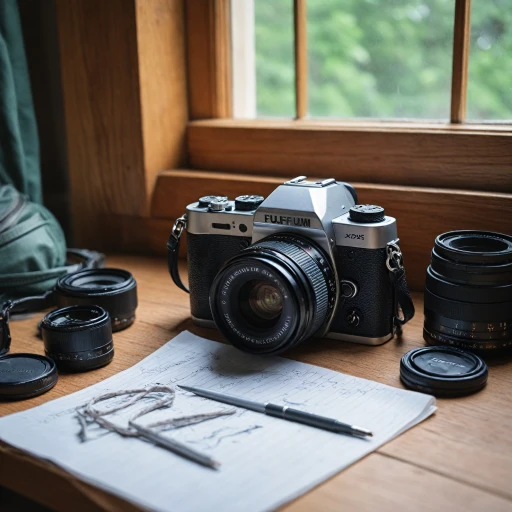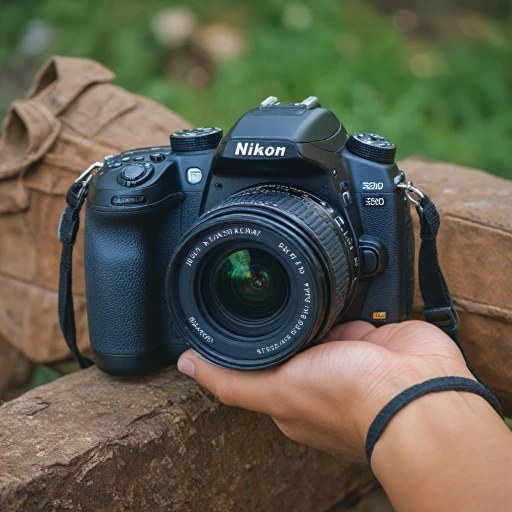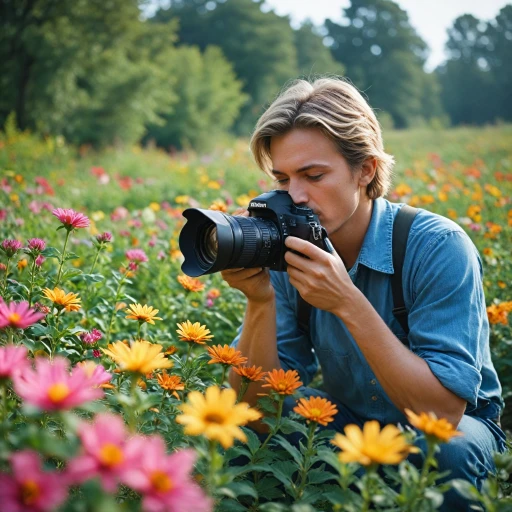
The basics of macro photography
The Essence of Macro Photography
Macro photography allows photographers to capture incredible details of small subjects, showcasing life-size representations of objects. This technique requires a good understanding of certain key concepts such as magnification, depth of field, and effective aperture. In macro photography, the goal is to achieve a high reproduction ratio, often approaching a 1:1 scale, meaning that the subject is captured at its actual size on the camera sensor.
When embarking on macro photography, choosing the right lens plays a vital role. Macro lenses are specialized to focus at very close distances, allowing photographers to explore intricate details that would otherwise be missed. Brands like Nikon offer a range of micro lenses, including the Nikkor series, which are notable for their precision and quality in capturing fine details.
The effective aperture in macro lenses influences both light transmission and depth of field. As you delve into the world of macro photography, understanding how effective aperture works and its impact on image quality becomes essential. Optimal focusing is achieved by adjusting the pupil magnification and focusing distance to ensure sharpness and clarity at different focal lengths.
To succeed in macro photography, it's crucial to consider factors such as maximum aperture, entrance pupil, and working distance. These aspects will guide your photography techniques, enabling you to capture stunning close-up images with precision and depth.
What is effective aperture?
Deciphering Aperture in Macro Settings
In the realm of macro photography, understanding the concept of effective aperture can make a significant difference in your photography outcomes. When working close to your subject with macro lenses, especially those geared towards life-size magnifications, the aperture setting plays a pivotal role. The effective aperture is crucial when considering the depth of field and image clarity. In simple terms, the effective aperture is the actual aperture value adjusted for the magnification level of the lens in use. This adjustment occurs because, as you increase the magnification, the lens barrel extends, effectively changing the entrance pupil dimensions and the lens's maximum aperture. For example, macro lenses such as the Nikon Micro Nikkor lenses, are designed specifically with this in mind. They often indicate the effective aperture right on the camera's display as you focus at different distances. Such lenses account for the pupil magnification, ensuring photographers achieve precision focus with their camera. Moreover, the effective aperture is essential in determining the light reaching the sensor, which is critical for accurate exposure. Macro photographers often rely on manual focus to fine-tune the effective focal distance and achieve an optimal reproduction ratio. As the magnification increases, the working distance reduces, thus affecting the amount of light and consequently, the image quality. Understanding the transition from traditional lens mounts like the Nikon AI to more modern mounts can provide further insights into how lens advancements have improved effective aperture management. You can learn more about the transition from Nikon AI to EF mounts by following this link. This knowledge of effective aperture empowers photographers to make informed decisions when choosing the right Nikon macro lens for their work, ensuring that each shot is captured with the highest fidelity and impact. Whether you're experimenting with a micro lens or utilizing the focusing distance capabilities inherent in your camera, keeping effective aperture in mind enhances your photographic endeavors dramatically.How Nikon macro lenses display effective aperture
Deciphering the Aperture Display on Nikon's Macro Lenses
Understanding how Nikon macro lenses, often branded as Micro Nikkor, display effective aperture is crucial for both beginner and advanced photographers delving into macro photography. The aperture value can significantly impact the image quality and depth of field, particularly in close-up shots. Macro lenses are specifically designed to achieve high magnification and detail, allowing photographers to capture subjects close to life size. These lenses offer incredible clarity at distances where the intricacies of the subject come into focus. However, as you move closer to the subject, the distance between the lens and the subject decreases, which introduces complexities in focusing and effects on the effective aperture. Nikon macro lenses exhibit what is called the 'effective aperture' rather than just the maximum aperture that you might see on the lens barrel. This is the aperture size as it functions with the given magnification and reproduction ratio. At higher magnification levels, the effective aperture becomes smaller than the maximum aperture indicated, impacting your exposure and depth field control. The lens's entrance pupil plays a pivotal role here. As you increase magnification and work with reduced focusing distances, the lens's effective aperture is a dynamic value that changes, driving you to adapt your settings. Consequently, moving from infinity focus to closer focusing distances means adjusting both the aperture and shutter speed to maintain the desired exposure and depth field. For those exploring the features of Nikon's cameras, such as the Nikon D3100, it's important to understand how these camera settings integrate with lens functionality. Embracing the nuances of effective apertures can significantly enhance the photographic outcome, presenting sharp and detailed macro images that stand out. Historically, camera systems like those from Nikon and Sigma have integrated sophisticated systems to ensure the optimization of effective aperture usage. Employing this knowledge allows photographers to leverage the full potential of their macro lens systems, creating powerful and visually striking images.Impact of effective aperture on image quality
Influence on Visual Output
In macro photography, the concept of effective aperture plays a significant role in image quality. Since macro lenses, such as Nikon's renowned Micro Nikkor series, are designed to capture minute details up close, the effective aperture directly influences aspects like sharpness and depth of field. For starters, as you adjust your lens for a closer focus, the effective aperture often decreases. This reduction affects how much light reaches the camera sensor. Consequently, it results in a shallower depth of field and increased potential for blurred backgrounds, which can be both an advantage or a challenge in your compositions. Moreover, macro photographers should be aware of the reproduction ratio and its impact on effective aperture. This ratio refers to the relationship between the size of the subject in the image and its actual size. Considering this can help predict changes in light and focus, essential for capturing life-size photographs. When employing the maximum aperture in your lens, especially in close macro settings, there is a need to balance sharpness across the subject. This often requires understanding various factors, like the entrance pupil and pupil magnification. In summary, recognizing how effective aperture correlates with magnification, working distance, and several other critical parameters is indispensable for photographers using Nikon macro lenses. With this knowledge, one can better predict and control the impacts on the resulting image clarity, enabling enhanced creativity and precision.Choosing the right Nikon macro lens
Deciding on Your Nikon Macro Lens
When choosing the ideal macro lens for your Nikon camera, there are several critical factors to consider to ensure you capture stunning macro shots with clarity and precision.- Focal Length: It's essential to choose the right focal length that fits your photography style. For example, a lens with a longer focal length, like the Nikon Micro-Nikkor 200mm, allows for a greater working distance. This distance is beneficial when photographing skittish subjects, as it keeps you farther away, minimizing the risk of disturbing them.
- Aperture and Depth of Field: An understanding of the effective aperture is crucial in macro photography. Selecting a lens with a wide maximum aperture can provide a shallow depth of field, emphasizing your subject. However, keep in mind that the effective aperture will decrease as the magnification increases.
- Reproduction Ratio: Seek out lenses providing a life-size (1:1) reproduction ratio, which is essential for true macro photography. Nikon's macro lenses, or micro lenses, offer varying reproduction ratios, so it's worth considering this aspect based on your subject matter.
- Image Quality: Lens quality plays a significant role in the sharpness and overall image quality. Nikon lenses, known for their optical performance, maintain image integrity even at close focusing distances.
- Autofocus and Manual Focus: Consider whether you'll rely on autofocus or prefer manual focus. Some Nikon macro lenses offer smooth manual focus rings, which can be advantageous for achieving precise focus on minute details.
- Budget and Options: While Nikon provides a range of macro lenses, third-party options like Sigma can also offer excellent performance at a more affordable price, adding to your choices depending on budget constraints.
Tips for shooting with Nikon macro lenses
Mastering Your Shooting Technique
When diving into the world of macro photography with Nikon lenses, refining your shooting technique can significantly enhance the quality of your captures. Here are several tips to consider:
- Understanding Aperture and Depth of Field: While the effective aperture plays a vital role, don't forget the impact a larger aperture has on the background. It provides a shallower depth of field, perfect for making your subject pop.
- Stabilize Your Camera: As macro photography involves close focusing distances and higher magnification, stability is crucial. Use a tripod to minimize camera shake.
- Manual Focus for Precision: Given the challenges with achieving accurate autofocus at close range, manual focus can give you pinpoint precision, ensuring that the entrance pupil is correctly aligned.
- Optimize Working Distance: Each macro lens has a different working distance. Familiarize yourself with your lens's optimum focusing distance to maintain sharpness and blur backgrounds effectively.
- Consider Effective Aperture Adjustments: Ensure you take into account how your lens's effective aperture can affect the brightness and contrast in your shots, adjusting settings as necessary for the best exposure.
- Light the Scene Well: Proper lighting is essential to bring out fine details and textures in macro subjects. Consider external lighting to supplement natural sources.
By mastering these techniques, you're well on your way to creating captivating macro images that showcase the ultimate potential of your Nikon macro lenses.
